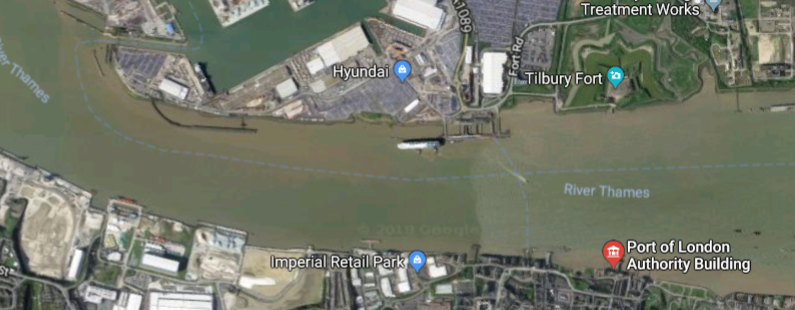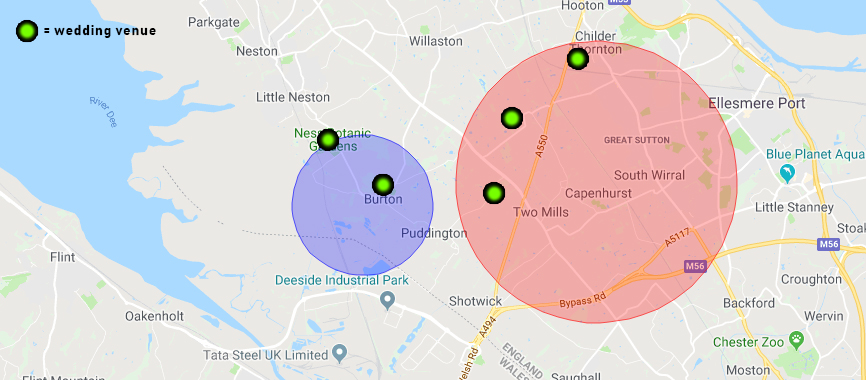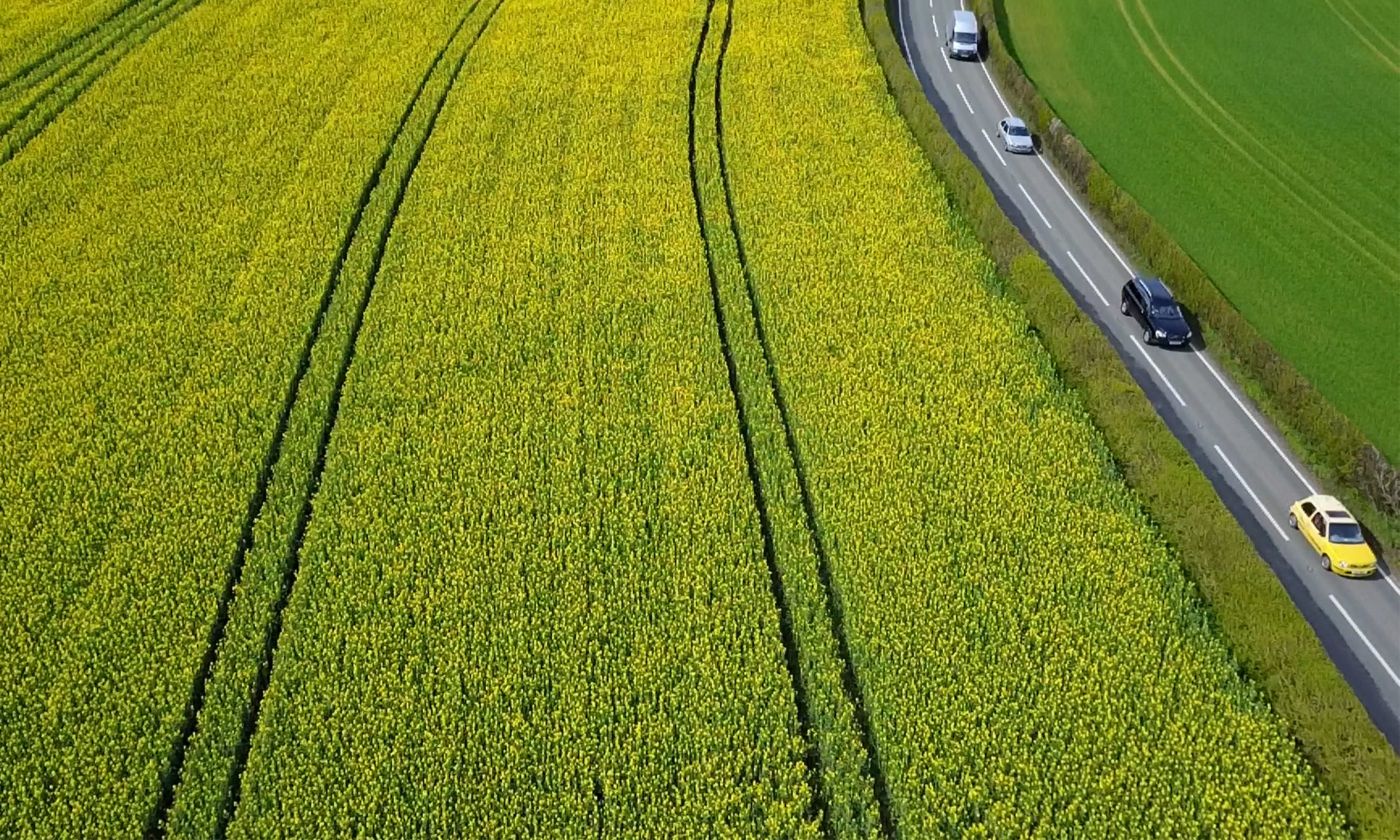The UK drone industry is still regarded as being in it’s early days, however Drone Safe Register (and it’s industry leading network of professional drone pilots) is at the leading edge of legislation and law interpretation. Members converse regularly on these topics as a sound understanding is paramount in their businesses.
Something worth keeping in mind is that the CAA have a safety first approach for all operations, be it drones, gilders or 747s landing at Heathrow. Obviously, this is a good thing. It helps to ensure operations involving drones in the UK are safe and controlled.

DSR pilots will always carry out the due diligence and preflight checks to ensure a legal flight.
DSR prides itself in ensuring compliance with the law – this is something that outside of the DSR sphere that cannot be guaranteed in the same way. The writer of this article, who holds a PfCO is aware of a number of drone operators with permissions in his local area that still manage to break the law. Having a license doesn’t mean the operator can do what he or she wants – it just means they know what the rules are and have permission to fly for valuable consideration.
There are often instances when it is necessary to contact authorities to organise flights. For example local councils, police, park rangers might be informed or asked permission to fly. Landowners however do not need notification to enable a flight over their land, so long as the drone that is flying is kept more than 50m away from buildings, the land itself and of course people on that land.
There is no reason to pay anyone anything to obtain overflight permissions, unless there is a bylaw that specifically states there are fees.
Sometimes notice is needed, often 28 days prior to the flight.
locations that should be notified of drone overflight:
- Nuclear sites/installations/plants – if a flight needs to be undertaken within 3.2km (2 miles) of a nuclear power site, the CAA will be able to help organise this. There are some specific restrictions involved with flights in these areas.
- Airfelds and airports. Generally best avoided anyway.
- Sites of Special Scientific Interest (SSSI’s) – Natural England are responsible for maintaining these sites, with duties and responsibilities being delegated to local authorities.
- Protected Areas – marine reserves and bird sanctuaries – it is almost certainly a necessity to contact them ahead of flights to ensure you are not unnecessarily disturbing wildlife.

Red Circle: 2 miles around Capenhurst Nuclear Site.
Blue Circle: 1 mile around RSPB at Burton on the Dee Estuary.Wedding Venues marked above (green dots) are particularly at risk of inadvertently breaking the rules.
Five venues are well within the distances that would require notification. Permission may be granted by the venue for take off and landing, however they are still within the distances that mean prior consent to fly in the airspace is needed.
Drone Safe Register Pilots are responsible for their flights, and they need to protect their business and reputation, providing clients the best service and ultimately the legal backing that is necessary to sleep at night.
To help put this in context: Take for example a standard 50m separation requirement, then think vertically… there are various safety considerations that will stop an operation, but in principle the landowner below a drone at 50m altitude does not need to give consent for the overflight.
There are increasing numbers of reports of less accommodating organizations that feel that it is their place to re-write the rules on behalf of the CAA. What they are trying to do is not actually enforceable, nor ethical, as PfCO pilots are allowed to fly in locations (such as over the Thames in London) so long as they maintain the 50m separations, and have permission for take off and landing at a location that allows flight within the 500m range allowed. There are numerous references regarding this in CAP722 and CAP393 for further clarification.

